1. Johnny Appleseed Was a Real Man with a Mission
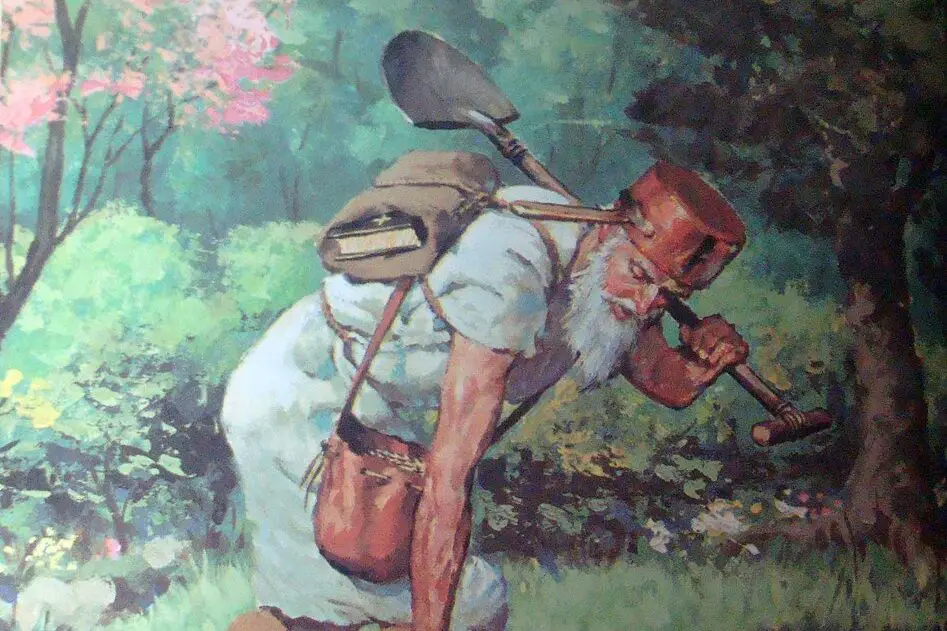
You’ve probably pictured Johnny Appleseed as a barefoot guy skipping through fields, tossing apple seeds left and right. While the image might be exaggerated, he was indeed a real person named John Chapman, born in 1774 in Massachusetts. He wasn’t just planting for fun—he was actually starting apple nurseries to sell saplings to settlers heading west. Chapman was also deeply religious and a follower of the Swedenborgian Church, which shaped much of his lifestyle and philosophy says WCVB.
He wore a pot on his head, went shoeless in winter, and slept outdoors by choice. He believed in living in harmony with nature, and he treated animals like friends rather than threats. While the apples he planted weren’t for eating—most were sour and used for cider—his legacy still helped shape America’s agricultural expansion. His legend might feel like a fairy tale, but the man behind the myth was wonderfully real adds Visit Fort Wayne.
2. Molly Pitcher Stepped In When It Mattered Most
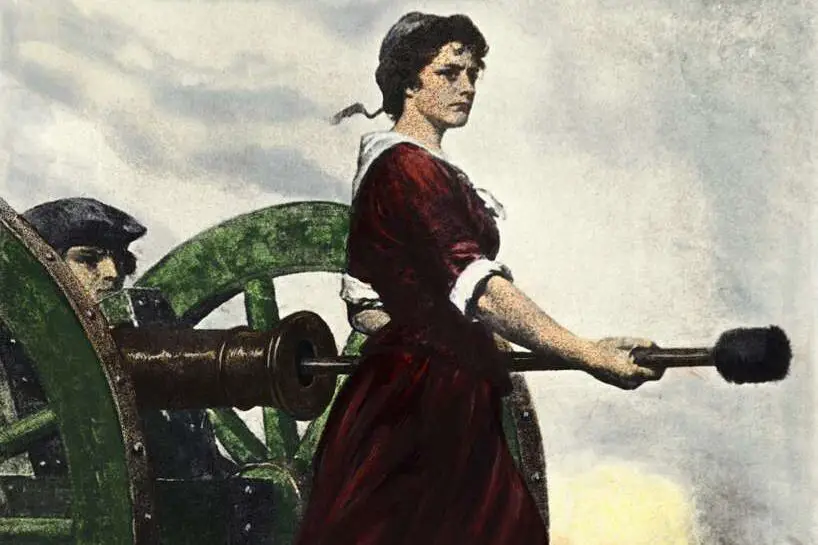
The story of Molly Pitcher is often told like folklore, with a woman bravely stepping into battle to fire her husband’s cannon during the Revolutionary War. But this wasn’t just a tall tale, it was likely inspired by a real woman named Mary Ludwig Hays. She followed her husband to the battlefield at Monmouth, bringing water to cool both soldiers and cannons. When he collapsed, she reportedly took his place, continuing to fire without hesitation says Wikipedia.
She wasn’t the only woman helping on the battlefield, but her story stood out for its boldness. George Washington is even said to have commended her bravery. After the war, she lived a quiet life in Pennsylvania, receiving a state pension for her service. Molly Pitcher became a symbol of female courage, but her roots are planted firmly in truth shares American Battlefield Trust.
3. The Lone Ranger May Have Been Based on Bass Reeves
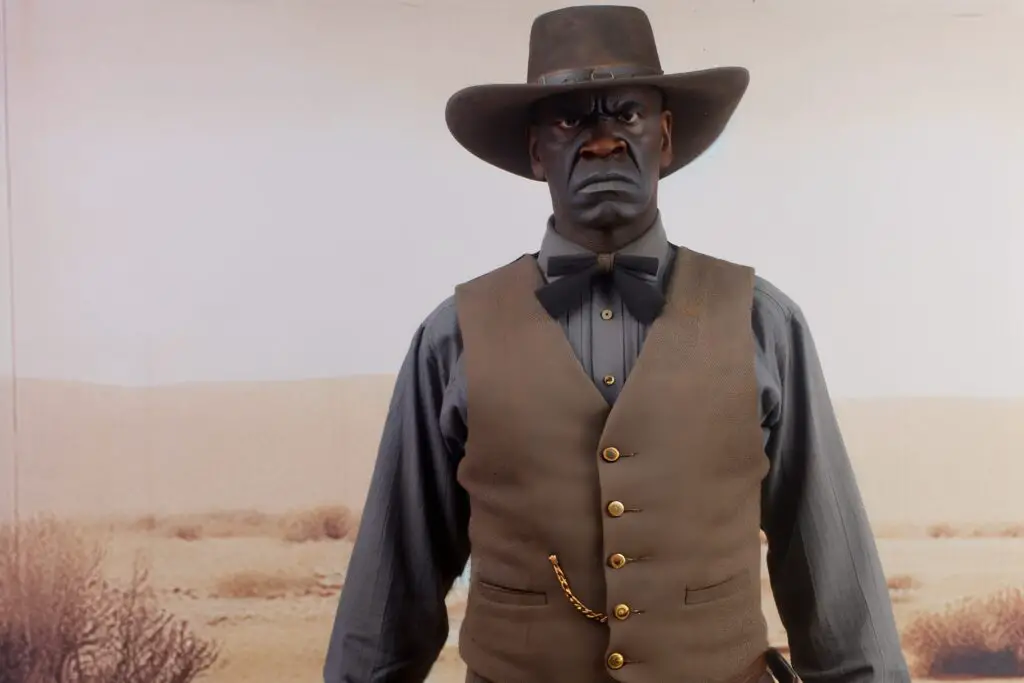
The masked lawman of the Wild West, The Lone Ranger, feels like pure fiction. But many historians believe he was inspired by Bass Reeves, one of the first Black U.S. Deputy Marshals west of the Mississippi. Born into slavery in 1838, Reeves escaped during the Civil War and eventually made a name for himself as a fearless and fair enforcer of the law. He arrested over 3,000 outlaws in his career, often using disguises and clever tactics.
He rode a white horse, carried silver pistols, and had a deep sense of justice—sound familiar? Though he wasn’t officially credited as the basis for the character, the similarities are hard to ignore. Reeves’s real-life story was far more compelling than any fictional version. He brought law and order to the West, all while navigating the complexities of being a Black man in post-slavery America.
4. Paul Bunyan May Have Had Logging Roots
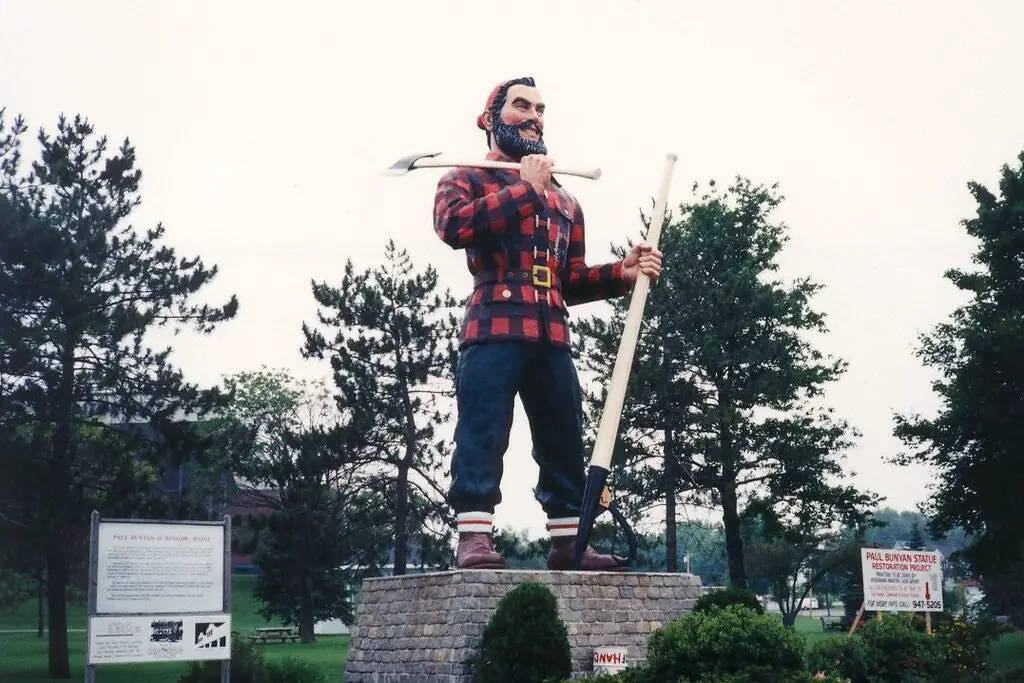
Paul Bunyan, the giant lumberjack with a blue ox named Babe, has always felt like pure folklore. But historians trace his story back to tales passed around logging camps in the late 1800s. There may have been a real French-Canadian logger named Fabian “Joe” Fournier, known for his strength and tall tales. He worked in Michigan and Minnesota and died under mysterious circumstances in the 1870s.
Fournier’s reputation for exaggerated feats likely fueled the fires of the Bunyan myth. Over time, the stories grew wilder, turning him into a literal giant. When ad men got hold of the story in the early 1900s, they leaned into the exaggeration to sell lumber. So while Paul Bunyan never towered over forests, his larger-than-life origins came from a man who definitely left a mark.
5. Big Nose Kate Was More Than Doc Holliday’s Girlfriend
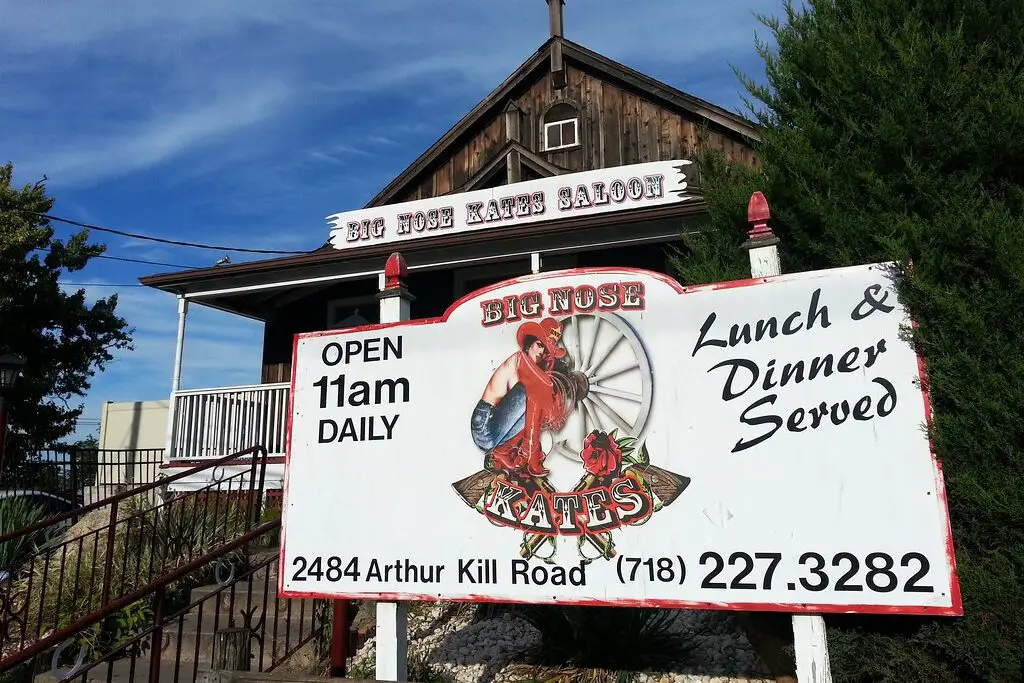
In the Wild West, Doc Holliday often gets the spotlight, but Big Nose Kate was very much her own person. Born Mary Katherine Horony, she was a Hungarian immigrant who became one of the first women in Arizona to file a legal land claim. She worked as a prostitute, yes, but also as a nurse and businesswoman. She stood by Holliday through his ups and downs and wasn’t afraid to speak her mind.
Kate even helped Holliday escape jail once by setting a building on fire to create a diversion. Her nickname may sound silly now, but in her time, she was respected—and feared. She outlived most of the Wild West legends, living until 1940. Her real story is richer and more layered than most Hollywood scripts ever dared to show.
6. The Bell Witch Had a Name and a Family
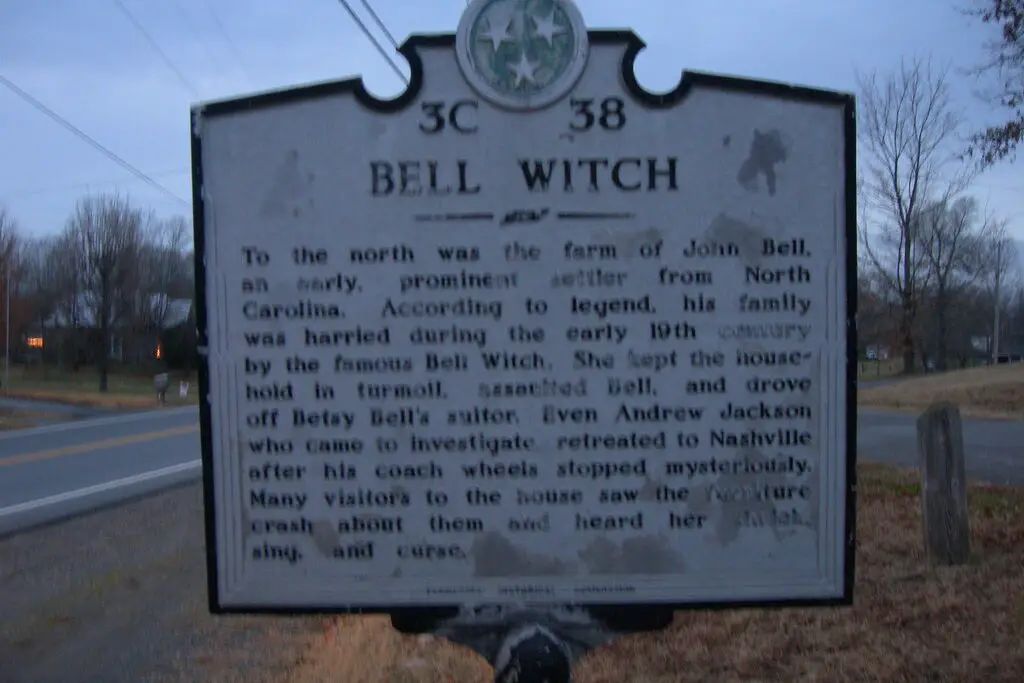
The Bell Witch legend is one of America’s oldest ghost stories, involving a spirit tormenting a Tennessee family in the early 1800s. But behind the eerie tale was a real family, the Bells, and a woman named Kate Batts. Batts was a neighbor who had legal disputes with John Bell, the family patriarch. Some believe the “witch” was based on Batts, who was considered eccentric and perhaps unfairly targeted by gossip.
The Bell family really did report strange occurrences—noises, objects moving, even physical assaults. Their story was documented by friends, neighbors, and eventually journalists. It captivated early American readers and helped shape the haunted house narrative. While we can’t confirm every spooky detail, the people and tensions at the story’s center were undeniably real.
7. Hiawatha Was a Real Peacemaker
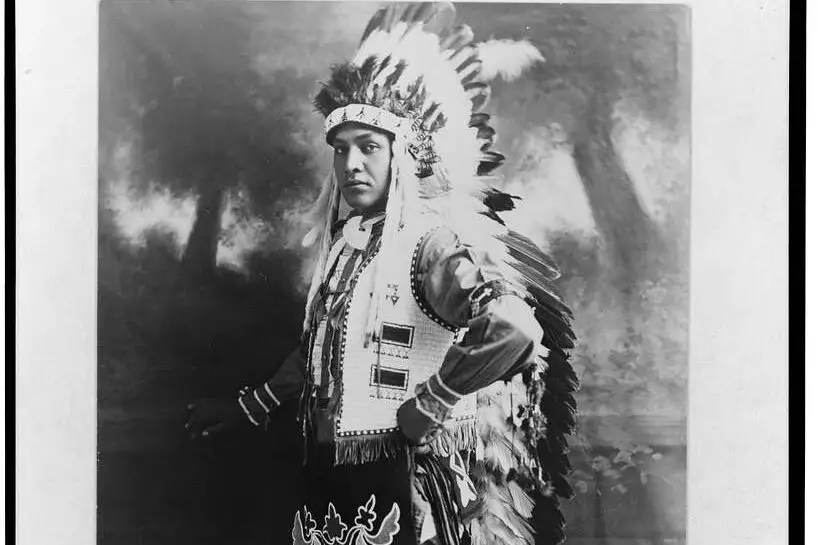
The epic poem by Henry Wadsworth Longfellow introduced many people to Hiawatha, but the real man was far more than a poetic symbol. Hiawatha was a precolonial Native American leader from the Onondaga or Mohawk tribe. He helped found the Iroquois Confederacy, a powerful alliance that brought peace among five tribes in what is now the northeastern United States. His mission wasn’t war, but unity and diplomacy.
He teamed up with a spiritual leader known as the Great Peacemaker to spread the message of cooperation. The confederacy’s structure later inspired parts of the U.S. Constitution. While Longfellow’s version is largely fictional, it drew from real Iroquois oral history. Hiawatha’s legacy is one of peace, strength, and political innovation.
8. Wild Bill Hickok Was Every Bit the Legend
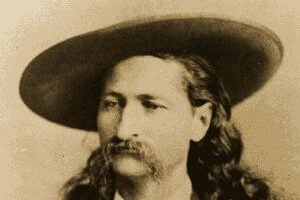
James Butler Hickok, better known as Wild Bill, really was a gunslinger, scout, and gambler. He became famous during his lifetime for his skill with a pistol and his dramatic flair. A former lawman, he served as a Union scout during the Civil War and later patrolled wild frontier towns like Abilene, Kansas. His reputation was fueled by dime novels and newspaper stories that blurred fact and fiction.
He died dramatically, too, shot in the back while playing poker, holding what became known as the “dead man’s hand.” While the myths made him larger than life, many were grounded in real events. Hickok was complicated—charismatic, troubled, brave, and deeply flawed. The truth might not be as clean as the legend, but it’s definitely just as gripping.
9. Annie Oakley Was as Sharp as Her Shot

Annie Oakley’s sharpshooting skills seemed almost too perfect to be real, but she earned every bit of her reputation. Born Phoebe Ann Mosey in Ohio in 1860, she began hunting at age 8 to support her family. By her teens, she was competing professionally and soon became a star in Buffalo Bill’s Wild West show. She could split playing cards in half and shoot coins mid-air—all in front of live crowds.
Oakley wasn’t just about showmanship—she was also a strong advocate for women’s rights and gun education. She offered to train women sharpshooters for military service and believed in empowering women through self-defense. She remained poised and modest despite her fame, preferring her quiet farm life to the spotlight. Her mark on American culture is as permanent as any bullet hole.
10. Davy Crockett Was a Politician Before He Was a Legend
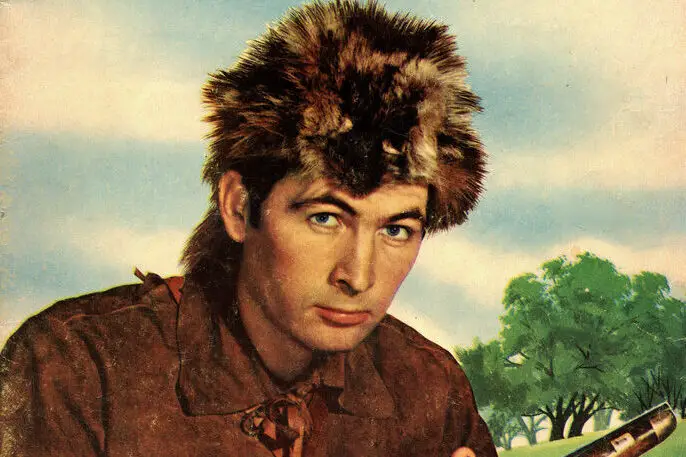
We often picture Davy Crockett in a coonskin cap, wrestling bears and fighting at the Alamo. But before the tall tales, he was a congressman from Tennessee and a vocal opponent of President Andrew Jackson’s policies, especially the Indian Removal Act. He lost his seat over those views, packed up, and moved to Texas looking for a new start. His death at the Alamo sealed his place in history, but it also gave rise to wild legends.
Stories claimed he fought off dozens of soldiers single-handedly, though the truth is more complex. What we do know is that Crockett was brave, stubborn, and fiercely independent. He wrote an autobiography to set the record straight, though the exaggerations quickly overshadowed it. Still, the man behind the legend had enough grit to inspire generations.
11. John Henry Was Real—and He Really Swung That Hammer

The story of John Henry racing against a steam drill to prove human strength has been told in song and story for over a century. But many researchers believe the tale is based on a real man who worked on the railroads in the 1800s. He may have been a formerly enslaved person who took part in the construction of the Big Bend Tunnel in West Virginia. Working conditions were brutal, and workers were often pushed beyond human limits.
The legend likely grew from a protest against industrialization and the devaluation of human labor. John Henry’s race was symbolic of dignity, strength, and sacrifice. Even if the details are fuzzy, the roots are grounded in truth. The hammer-swinging hero might be mythical, but his struggle was all too real.
12. The Jersey Devil Might Be Based on a Mother’s Curse
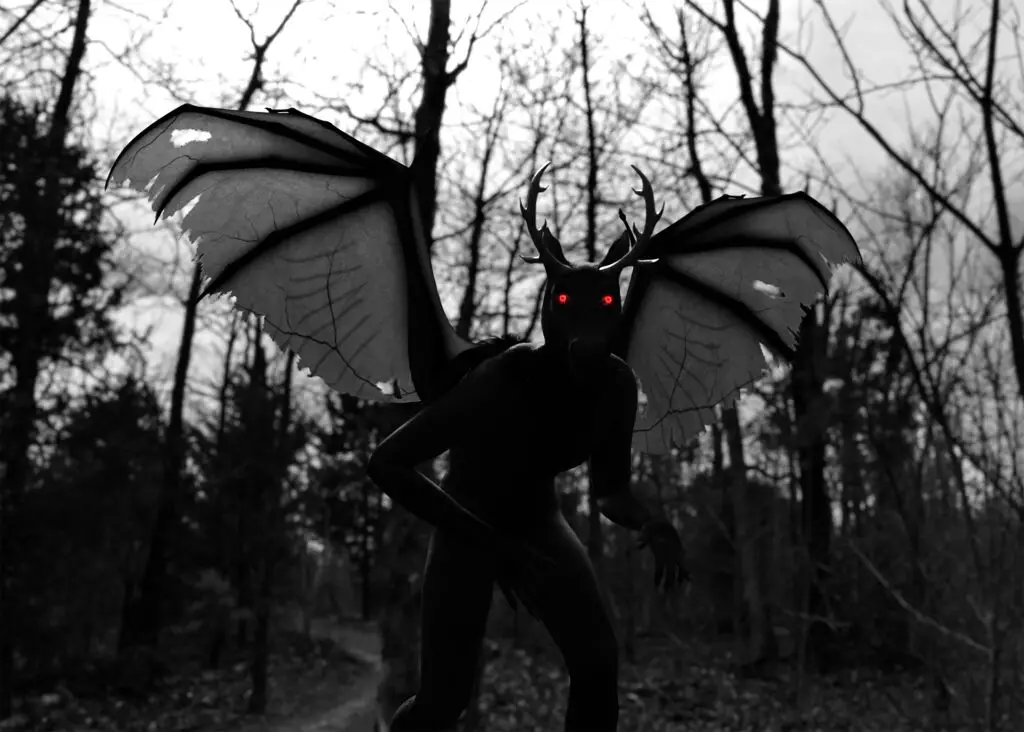
The tale of the Jersey Devil, a winged beast haunting the Pine Barrens, sounds completely made up. But it may have started with a real woman named Deborah Leeds, who lived in New Jersey in the 1700s. She reportedly had twelve children and, upon learning she was pregnant with her thirteenth, allegedly cursed the baby out of desperation. The child was said to have transformed into a monster and flown into the woods.
While no evidence supports the supernatural part, the Leeds family was very real—and controversial. They were loyalists during the Revolutionary War and often clashed with neighbors, which may have fueled the gossip. Early political cartoons and religious paranoia likely helped turn the story into something scarier. The Jersey Devil might not exist, but it’s rooted in colonial fears, family feuds, and one woman’s tragic legend.
